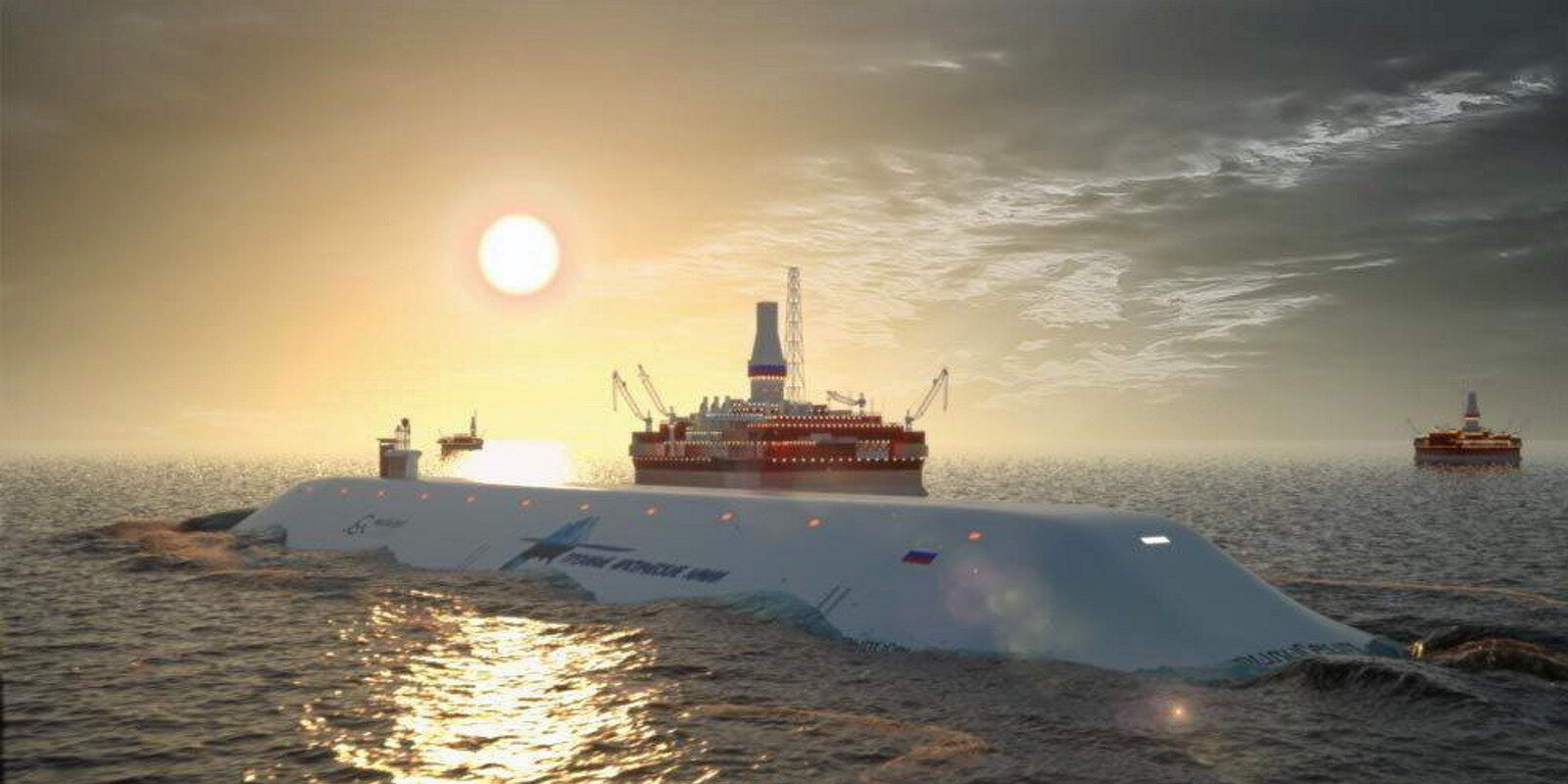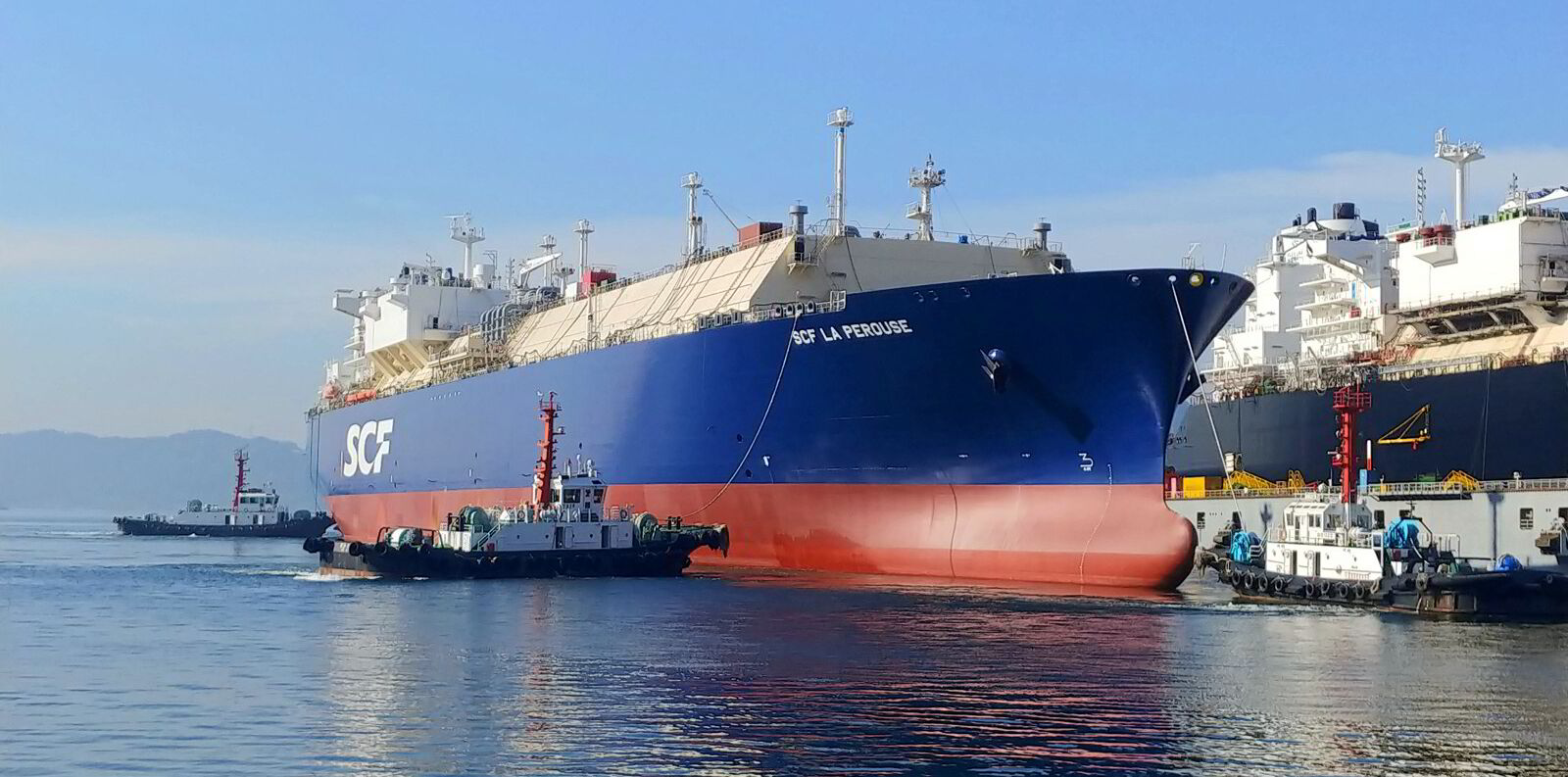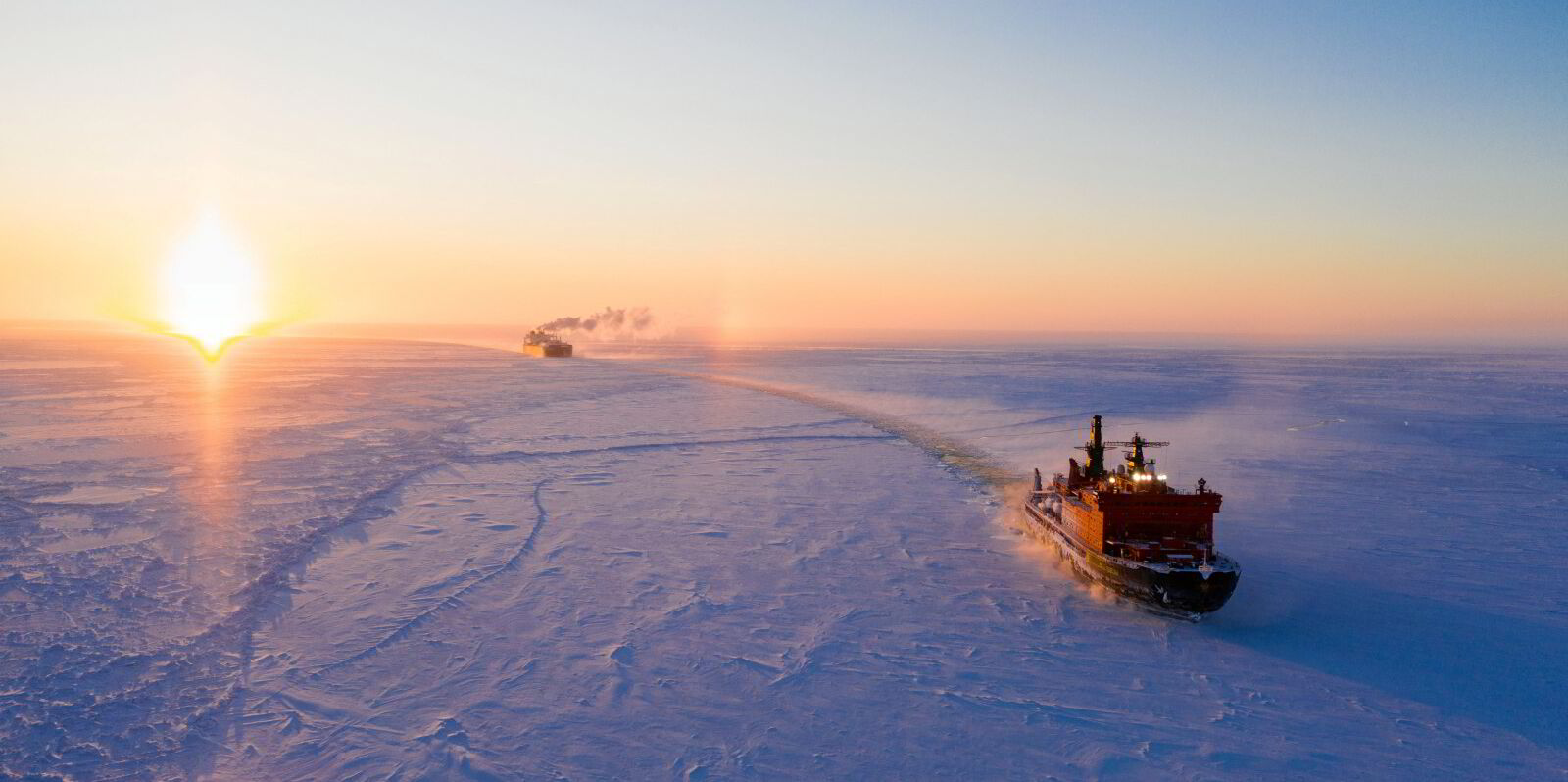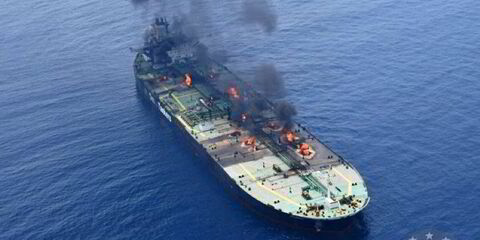A design for an underwater gas carrier for use in the Arctic is being promoted again by Russian researchers as the country wrestles with how to export its energy resources.
Kurchatov Institute president Mikhail Kovalchuk, a close associate of Russian President Vladimir Putin, presented the project in a speech about the Arctic and Russian Energy at the OMR forum on shipbuilding and equipment last week.
The submarine is being designed by the Kurchatov Institute National Research Center and Gazprom.
Russian news outlets reported that the vessel would have a speed of about 17 knots, which would reduce the voyage time along the Northern Sea Route from 20 to 12 days.
The 360-metre-long vessel, with a beam of no more than 70 metres, would have a cargo capacity of about 180,000 tonnes and a draft of no more than 14 metres, to suit existing infrastructure.
It would be fitted with three RITM-200 nuclear reactors, which would power three propulsion electric motors with a capacity of 30 MW each.
This gas carrier will become a breakthrough technology in transporting hydrocarbons and will allow the move away from traditional methods of using an icebreaker fleet, will ensure an increase in the speed of cargo delivery, and improve the reliability and safety of the transportation process for the ecosystem, media outlets were told.
Kovalchuk said fundamentally new approaches and technologies are required for the development of the Arctic region to ensure stable operations in extreme natural conditions and preserve the fragile ecological system.
He stressed Russia’s experience with nuclear-powered submarines and icebreakers, which date back to the late 1950s.
Commentators have pointed out that this design concept has been floated for years and is periodically revived.
They highlighted that international sanctions have hampered Russia’s ability to build and deliver the ice-class LNG carrier tonnage it needs for planned exports from Arctic-based projects.
During OMR, Rosneft-controlled Zvezda Shipbuilding Complex also presented designs for new cargo ships for transporting oil and gas in the Arctic.
These included an Arc7, 120,000-dwt ice-class tanker for transporting crude for the Vostok Oil project, an MR product tanker, an aframax oil tanker and a 173,000-cbm LNG carrier for the Arctic LNG 2 development along with other icebreakers and research vessels.





